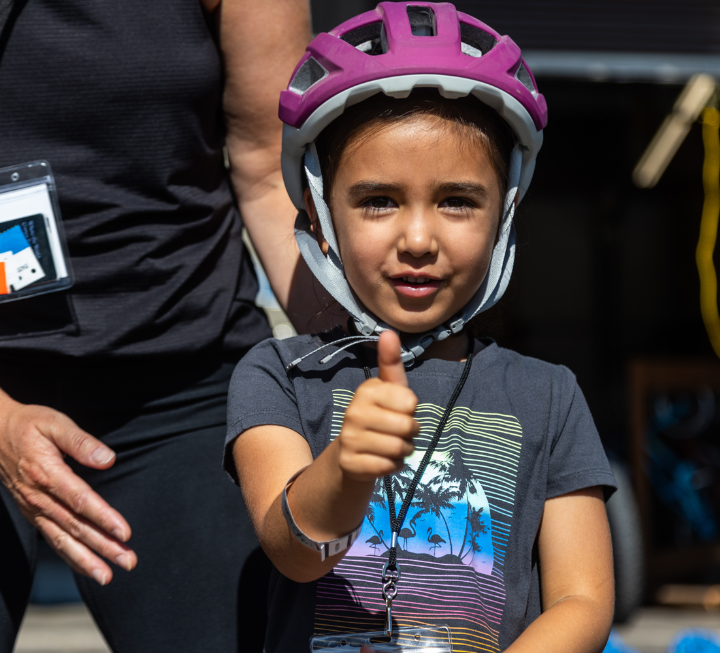APPS AND PRODUCTS
Voice Dream Reader – Shortens length of sentence being read to a few words per line. Highlights word being read. Combines visual reading with auditory listening by highlighting text while audio reading. Seamlessly merges audio and visual reading.
Homonymous Hemianopsia Simulators – from Vision Rehabilitative Services, LLC.
Rummel Hemianopsia Buttons™ – These simple buttons remind others that your child is unable to see in their blind field.
Rummel Hemianopsia Guides™ – Reading guides that remind your child to read to the end of the line (for right hemianopsia) and w Save here to begin at the next line (for left hemianopsia).
Highlight reading strips – flexible, transparent colored strips that highlight the line the student is reading while blocking out the line below.
E.Z.C. Reader Strips™ – feature a tinted transparent “window” that helps pop print into view. Dark area helps block distractions surrounding targeted words, so eyes are easily guided to the desired print.
Snap Type – Created for struggling hand writers, this simple app that turns any school worksheet into a fillable document so the child can type the answer (even one-handed!) rather than write it out.
GUIDES, NOTES, PUBLICATIONS
Teaching Kids With Intellectual Disability To Read: Notes from a presentation by Kathleen Whitbread, PhD, who specializes in evidence-based educational practices for students with significant disabilities, with specific expertise in literacy instruction for students with intellectual disabilities.
The Reading Brain: Neuroscience and Implications for Assessment after Hemispherectomy and Other Epilepsy Surgeries
Why are the sounds of language more important than identifying letters when a child is learning to read? What is our knowledge base about struggling readers, including hemispherectomy? What reading assessments are appropriate after epilepsy surgery? Joanna A. Christodoulou, EdD, MIT researcher, discusses how we learn to read and the impact of hemispherectomy and other resection surgeries at the 2017 Pediatric Epilepsy Surgery Conference and Family Reunion.


